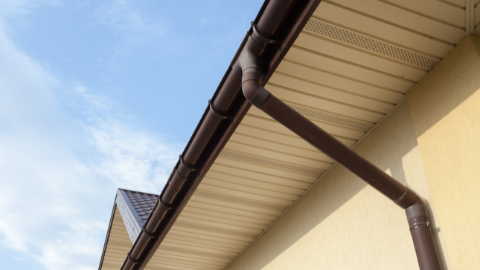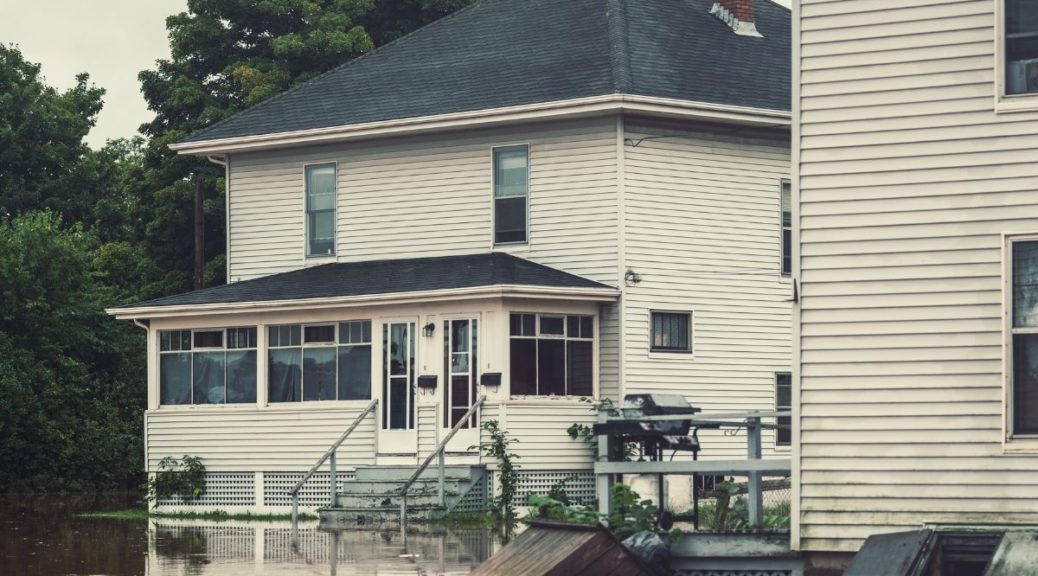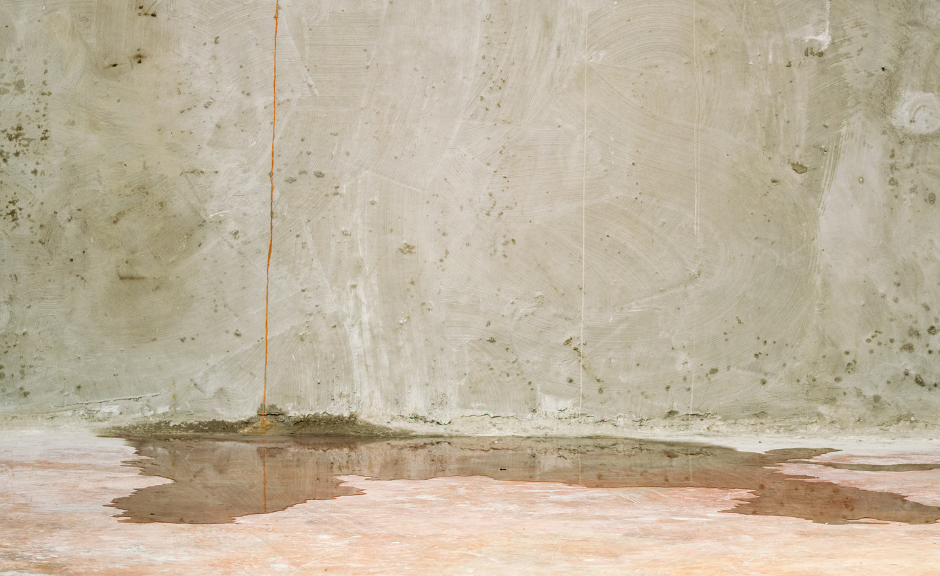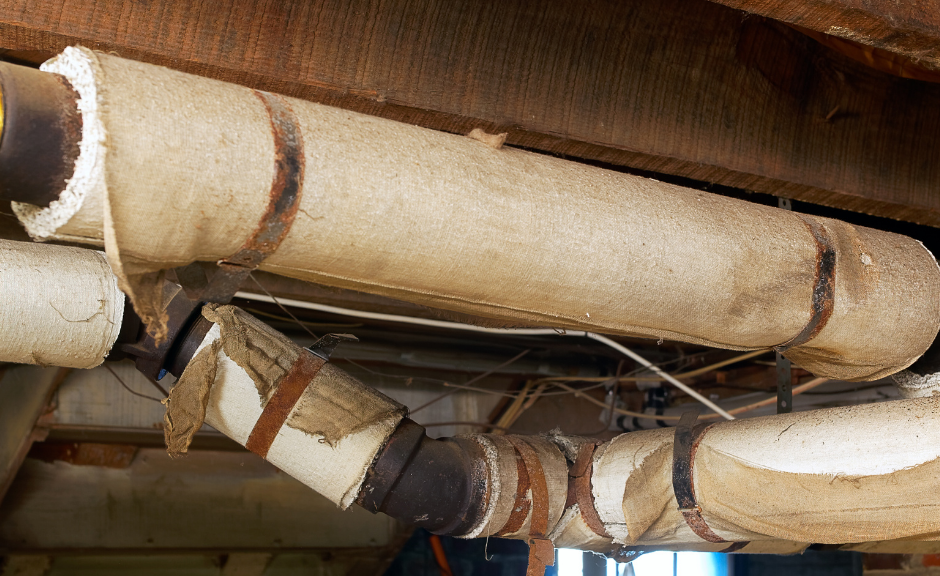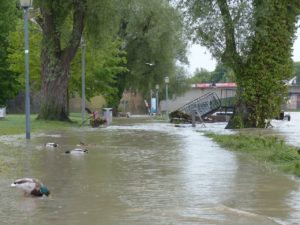Rains, snow, and ice in Central Maryland can cause flooding and water damage. ***
As we have discussed in my previous blogs, you must make sure that water is directed away from the home foundation. If water is allowed to pool around the home foundation or leaks into the basement, it can cause significant damage to the foundation, walls, and interior. It can be costly to repair.
French Drains, which can be built around the perimeter of the home, direct water away from the home foundation. French drains, using gravity and sump pumps, remove the water and keep it away from the foundation so that it doesn’t erode the home foundation.
Drains move water away from one area to another. A French drain is a ditch lined with gravel and a perforated pipe. It makes it easy for water to flow through the gravel and into a drainage pipe. The perforated pipe is set at a downward-sloping angle allowing gravity to work. It can also be used to prevent basement flooding and protect the home foundation from water damage. A weeping tile French drain protects the home structure against hydrostatic pressure. These weeping tile French drains are placed around the home perimeter to draw water away from the foundation.
There are three main reasons that you may want to install a French drain in your home:
- It redirects moisture. As mentioned earlier, the French drain uses gravity to redirect the water away from the home foundation. Water has to be removed so that it and moisture won’t weaken the concrete foundation. That water will freeze and thaw during the winter. The French drain resolves this as it can direct the moisture to another part of the yard, including the garden or yard, making it an environmentally smart method of improving the yard’s appearance.
- Keeps the soil together. It prevents or mitigates soil erosion. After heavy rains, soil can erode quickly. An inefficient drainage system will not deal with erosion problems in your yard. Decay means plants will have fewer nutrients and moisture. Erosion also ruins the landscape look. French drains prevent soil erosion. It prevents water saturation and keeps a balanced moisture level in garden soil.
- Barely see them. Since a French drain is underground, it can barely be seen. Pipes and gravel can be covered by grass, pavers, and pebbles.
- Cost-effective. French drains can be quite affordable depending on the length of pipe needed and other installation factors.
If you are concerned about the coming snow and ice that we see in Central Maryland, you may want to consider having French drains installed around your home. These drains will go a long way toward preserving your home foundation.
If you want a French Drain installed, contact M. Taylor Enterprise for an inspection. We will analyze it and make recommendations. Our experienced basement waterproofing team can install it. Contact us at (301) 649-3406 for a consultation.
We serve the Montgomery County, Maryland area.
*** For more on Central Maryland weather, visit the Maryland Weather website.



